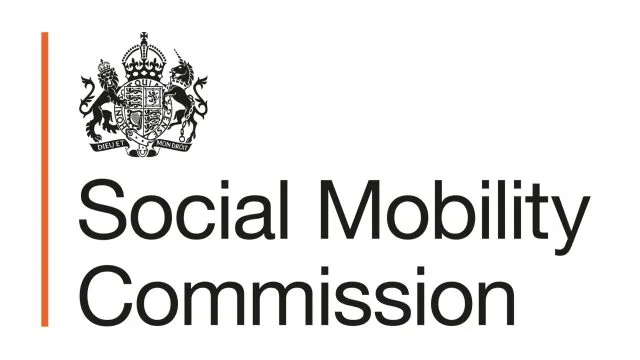Successive governments have sought to narrow the achievement gap between pupils from advantaged and disadvantaged backgrounds, as part of wider efforts to improve social mobility. For future policy to be most effective, it is important to learn from successful examples of where the achievement gap has been narrowed. The improvement in London schools over the past decade stands out as an important example of improvement in academic achievement, and most crucially as a narrowing of the achievement gap (as has been documented in work by Centre Forum, the all-party parliamentary group on social mobility and numerous articles by Chris Cook in the Financial Times)
We will examine the following in turn:
1. When London’s secondary schools began to improve, by showing the average Key Stage 4 performance of different areas of the country over time.
2. The extent to which the improvements we see in London and other big cities can be explained by changes in pupil characteristics, such as the composition of pupils and families. We also examine whether improvements at Key Stage 4 can be explained by differences in prior attainment at Key Stage 2.
3. The performance of disadvantaged pupils at Key Stage 2 in English and maths to see if and when, and in what subjects, disadvantaged pupils in London began to improve relative to the rest of the country.
4. Whether improvements at Key Stage 4 are sustained into Key Stage 5 and whether differences in post-16 outcomes are influenced by Key Stage 4 attainment.
5. Why London’s schools might have improved by considering the plausibility of different explanations.
6. The implications for policy and the future outlook for attainment gaps.
